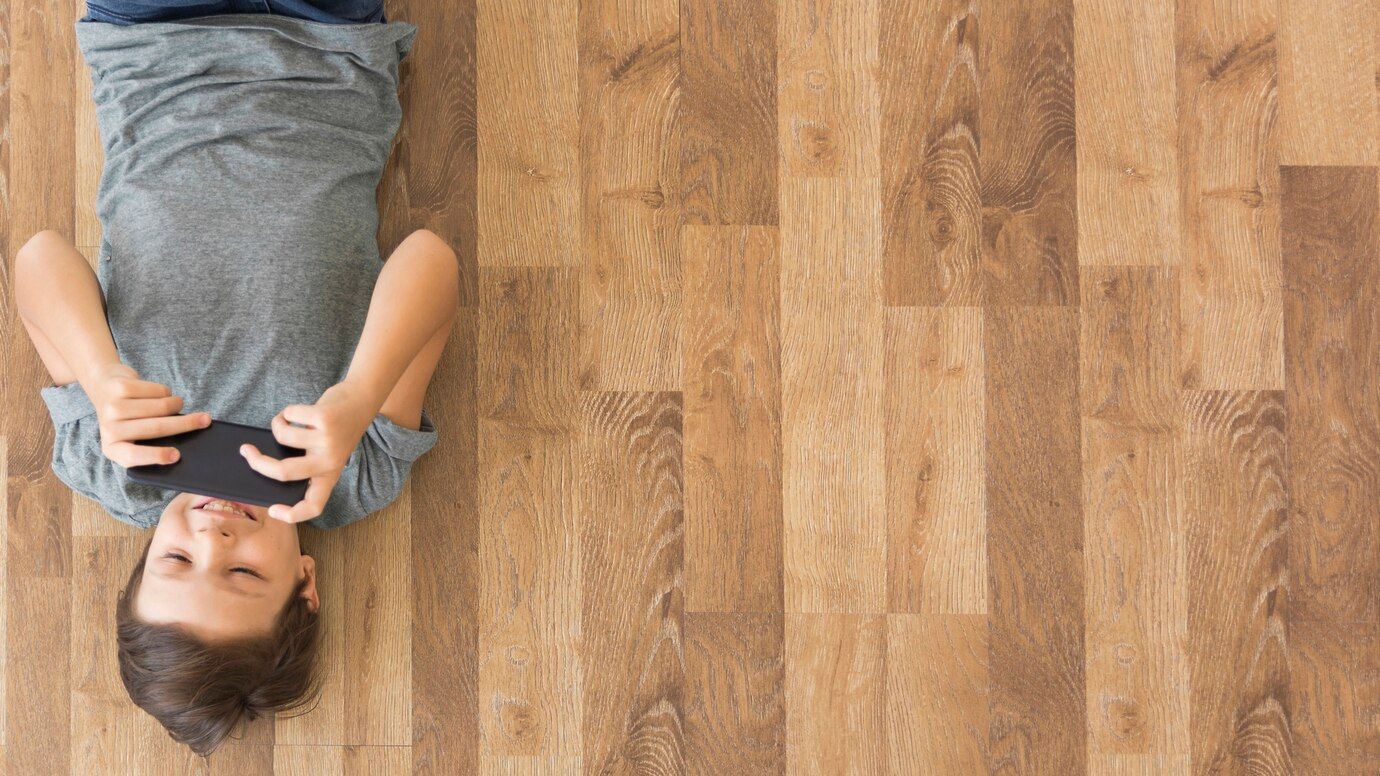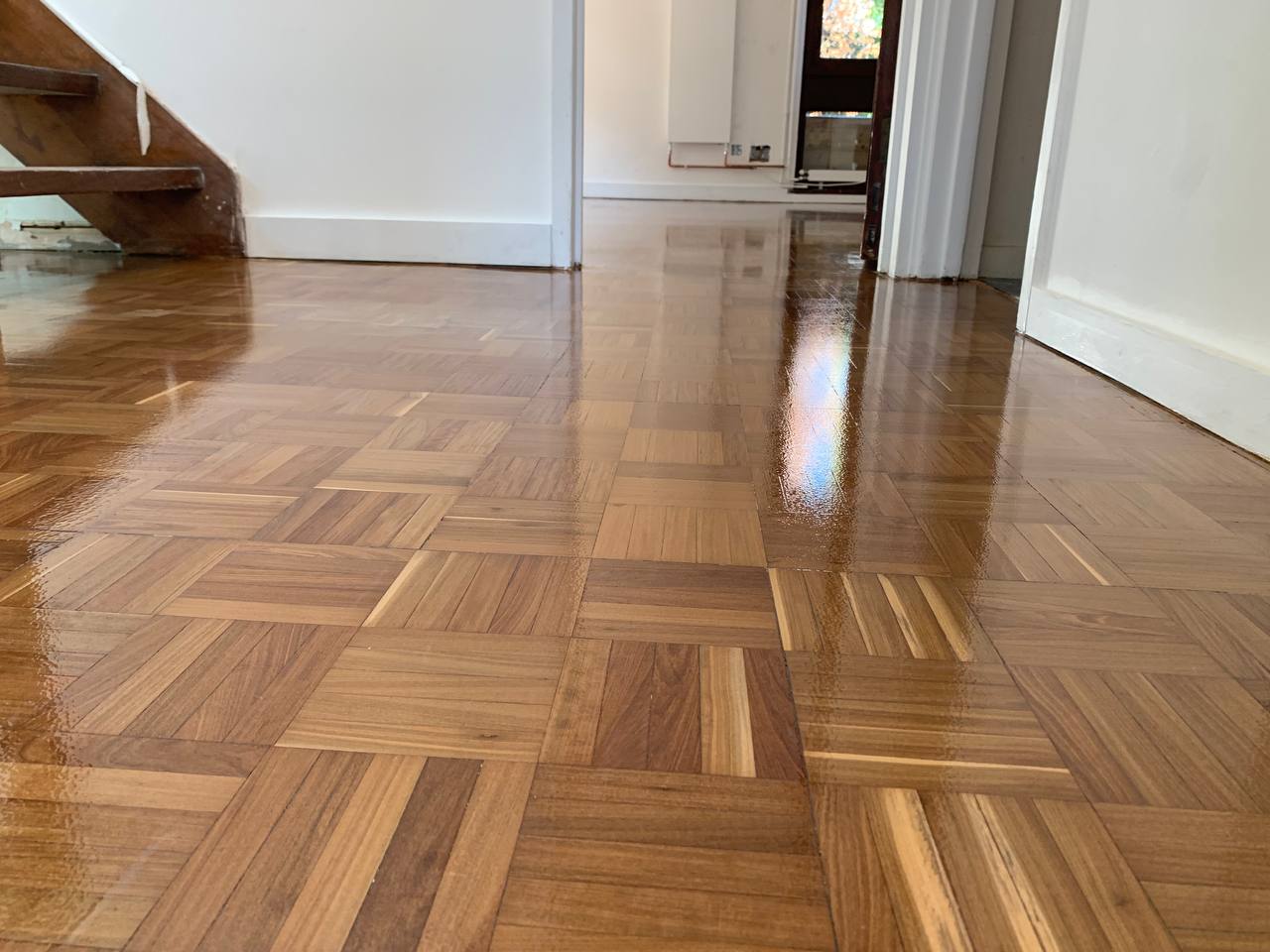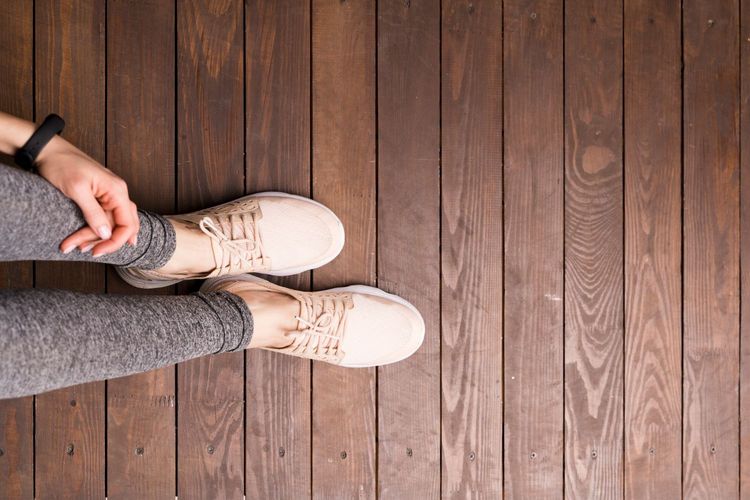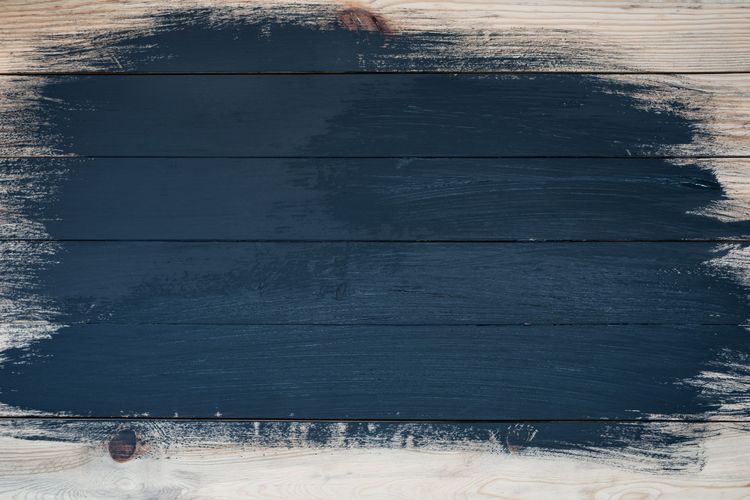Scraping parquet - what it is and how to do it correctly

Scrubbing is an important step in the maintenance of wooden flooring, which allows you to restore its original appearance and extend its service life. Over time, the parquet can lose its shine, get scratched or slightly damaged, but proper scraping can restore its freshness and attractiveness. In this article we will tell you what is the process of scraping, how to perform it correctly, as well as what nuances are important to consider to achieve the ideal result.
What is parquet scraping
Parquet scraping is the process of restoring the appearance of a wooden floor by removing the top layer of wood. With the help of special equipment, scratches, stains, irregularities and other defects that appear on the surface of the parquet over time are eliminated. This method not only allows you to return the parquet to its original appearance, but also prepares the surface for the application of a new layer of varnish or oil, providing protection and durability of the coating.

Scraping is a mechanical treatment during which a sander removes a thin layer of wood - usually between 0.5 and 1 mm. This helps to get rid of surface damage and also levels the floor if it has been deformed due to prolonged use. After the cycloving process, the parquet looks like new and is ready for further treatment with protective products.
It is important to note that only solid or natural wood parquet boards can be scraped, as multilayer or laminate flooring cannot be treated in this way.
How parquet is scraped
Scrubbing is a multi-step process that requires care and adherence to certain techniques to achieve the best results. Here are the main steps that this process involves:
- Preparing the room: Before starting cycloving it is necessary to free the room from furniture, carpets and other objects. It is also worth removing skirting boards if they interfere with the edges of the parquet. It is important to ventilate the room well, as a lot of dust and small particles are formed during the process.
- Checking the condition of the parquet: Before cycloving you should carefully inspect the parquet for cracks, gaps or protruding nails. It is important to remove all defects, fill cracks and nooks, and make sure that all parquet boards are securely fastened to prevent damage during sanding.
- Rough sanding (cycloving): The first stage of the cycloving process is rough sanding, which is done with a coarse grit sander (usually 40 or 60 grit). At this stage, the top damaged layer of wood is removed, as well as the old coating (varnish or oil). Coarse sanding allows you to remove deep scratches, stains and other noticeable defects.
- Sanding corners and edges: For hard-to-reach areas, such as corners and areas near walls, an angle grinder or hand tool is used. This allows for a uniform result across the entire floor surface.

- Fine sanding: After rough treatment, a finer sanding is carried out, using sandpaper with a finer grit (80-120). This stage helps to level the surface and prepare it for further finishing. It is important to achieve a smooth surface without noticeable scratches and roughness.
- Puttying (if necessary): If there are gaps or cracks in the parquet, they can be filled with a special wood filler. After the putty dries, it is sanded again to make the surface smooth and even.
- Final sanding: The final step is the final sanding using very fine grit sandpaper (150-180). This step makes the parquet surface perfectly smooth and ready for the application of protective coatings.
- Applying the finishing coat: After scraping and thorough dusting, the finishing coat - varnish, oil or wax - is applied. This not only gives the floor an aesthetic look, but also protects it from wear and tear and moisture. Depending on the chosen coating, several layers with intermediate drying may be required.
Scrubbing of parquet is a rather labor-intensive process that requires special equipment and skills. However, if performed correctly, this procedure can significantly extend the life of a wooden floor and restore its attractive appearance.



